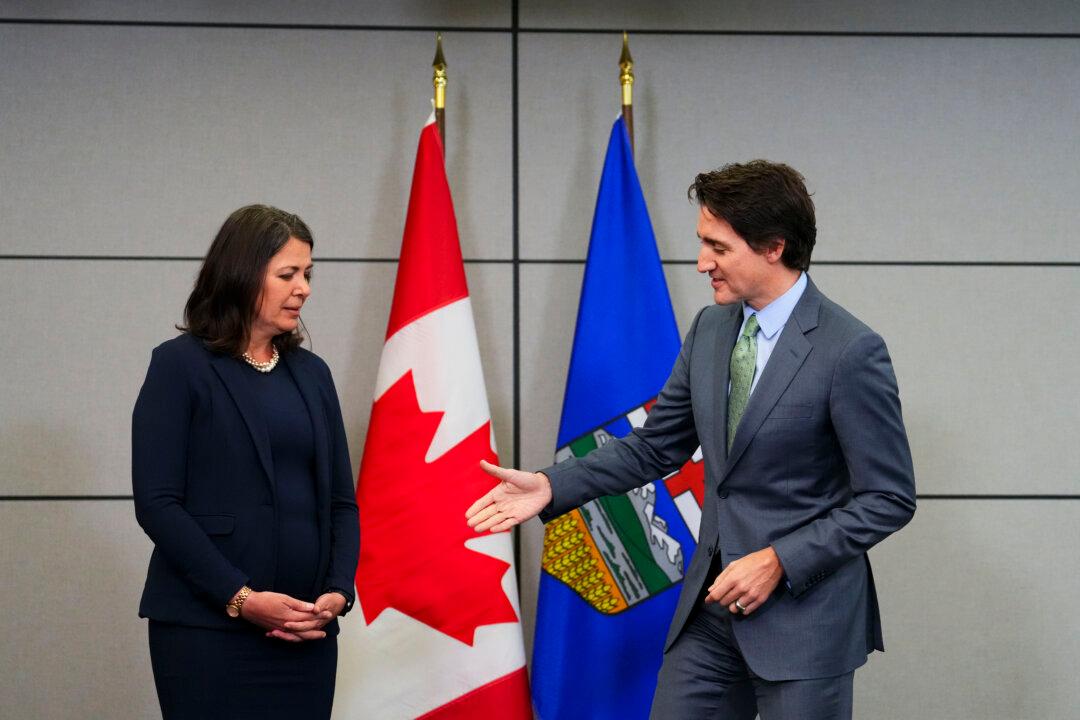EDMONTON—Alberta Premier Danielle Smith says her government has heard “loud and clear from Albertans that the federal equalization program is unfair and must be changed or abolished.”
In a April 21 news release accompanying a position paper title Responding to Canada’s Growth Challenge – Options to Reform Equalization, Smith suggests that the current program “creates barriers to regional economic growth and gives excessive transfers to recipient provinces.”





